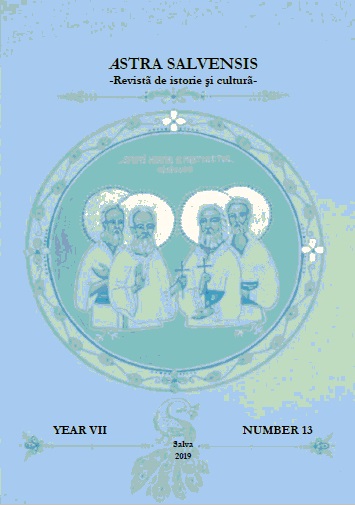LINGUISTIC LANDSCAPE OF MODERN DAGESTAN CITY
LINGUISTIC LANDSCAPE OF MODERN DAGESTAN CITY
Author(s): Marina A. Gasanova, Ruslan I. Seferbekov, Boris D. Bulatović, Elmira M. G. ZulpukarovaSubject(s): Language studies, Language and Literature Studies, Applied Linguistics, Cognitive linguistics, Descriptive linguistics, Eastern Slavic Languages, Baltic Languages
Published by: Asociaţiunea Transilvană pentru Literatura Română şi Cultura Poporului Român - ASTRA
Keywords: city; Makhachkala; Dagestan; linguistic landscape; post-Soviet period; toponyms; ergonyms;
Summary/Abstract: The aim of the research: the article deals with study of modern Dagestan city linguistic landscape. The relevance of the research: the relevance of the chosen topic is explained by the need for a synchronous description and analysis of toponymic, cultural-historical, linguistic, cultural, ethnolinguistic, and sociolinguistic traditions and representations of a complex and multi-level toponymic system on the example of one Dagestan city - the capital of the Republic - Makhachkala. It is a unique phenomenon of Russian and Dagestan linguistic cultures mix, which united into a single one. Research methods: the scientific research paper considers the basic principles of urbanonyms’ nomination, the most frequent word-building patterns of both official and unofficial names of urban objects and microtoponyms of present and past. The specifics of the post-Soviet Dagestan city linguistic landscape have been revealed as its shows socio-political, economic, cultural and ideological tendencies of different periods of Russian history. Toponyms are considered not only from the perspective of structural, semantic and functional aspects, but also from the point of cognition. Special attention is paid to ergonyms as a significant part of urbanization. The conditions its creation and successful functioning are indicated. Results: the analysis of the linguistic landscape of Makhachkala has revealed universal and specific mechanisms of toponyms composition, reflecting the peculiarities of regional mentality. This is a diverse, often inconsistent linguistic practice of Russian, English and Dagestan languages usage, which shows us the multi-language and socio-cultural chronotope of the city. The area of the pragmatics of languages functioning is determined by the socio-political and economic factors, which influence on the initially polylingual Makhachkala. Significance of the research: the further prospects of research are observation and changes analysis of modern Dagestan city in the linguistic landscape of the modern Dagestan city. It will allow us to understand more deeply the sociolinguistic processes in the polyethnic Russian society.
Journal: Astra Salvensis - revista de istorie si cultura
- Issue Year: VII/2019
- Issue No: 13
- Page Range: 389-398
- Page Count: 10
- Language: English

